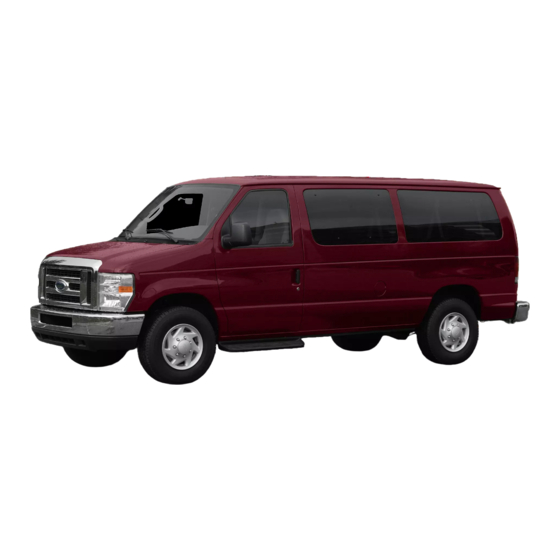
Ford 2008 E-150 Manuals
Manuals and User Guides for Ford 2008 E-150. We have 1 Ford 2008 E-150 manual available for free PDF download: Owner's Manual
Ford 2008 E-150 Owner's Manual (280 pages)
Ford 2008 Automobile Owner's Manual
Brand: Ford
|
Category: Automobile
|
Size: 2 MB
Table of Contents
Advertisement
Advertisement
